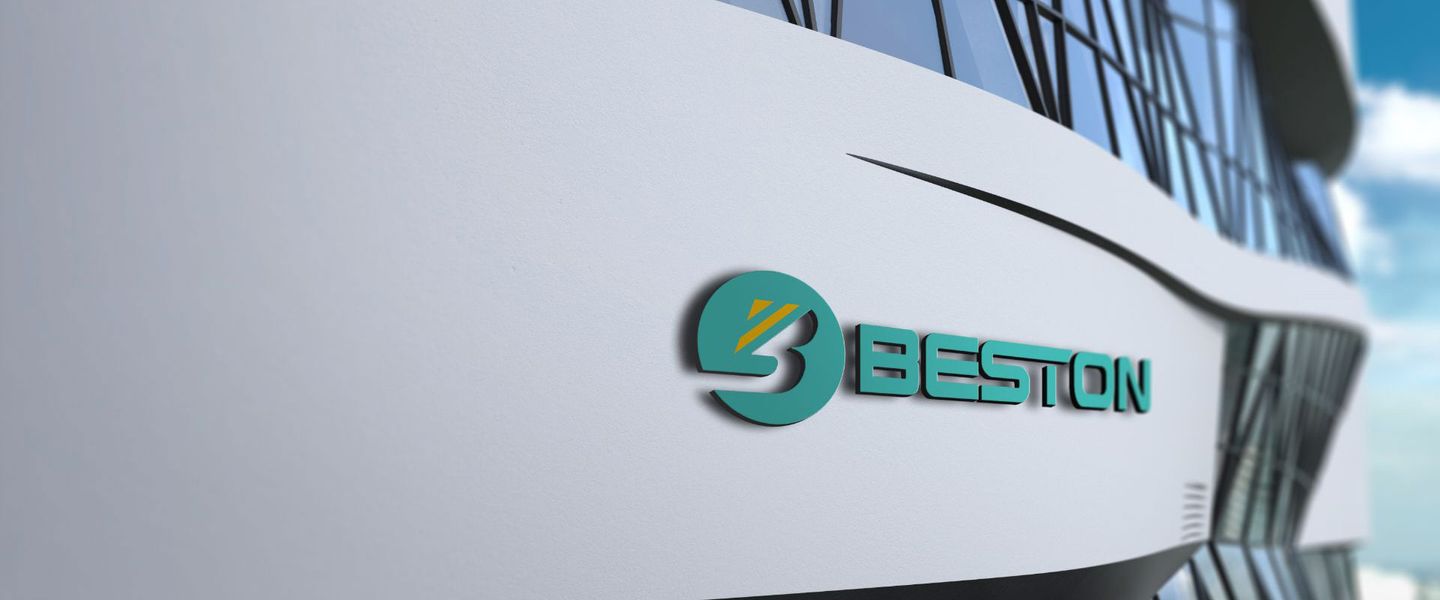

- Home
- Companies
- Beston Group Co., Ltd.
- Articles
- Environmentally Friendly Uses of ...
Environmentally Friendly Uses of Sawdust Charcoal
In the realm of sustainable practices, sawdust charcoal emerges as a versatile solution, offering a myriad of environmentally friendly applications. From its inception in the form of sawdust charcoal production to its utilization across various sectors, this resource epitomizes efficiency and eco-consciousness. Delving into the intricate processes of sawdust charcoal making machines unveils the intricate synergy between technology and environmental stewardship.
Understanding Sawdust Charcoal Making Machine
Sawdust charcoal making machines represent the cornerstone of sustainable charcoal production. These machines employ advanced pyrolysis techniques to transform sawdust, a byproduct of wood processing, into high-quality charcoal. Through controlled heating in an oxygen-limited environment, sawdust undergoes thermochemical decomposition, yielding charcoal with minimal environmental impact.
The process begins with the collection of sawdust, often sourced from woodworking industries or forestry residues. This raw material undergoes drying to reduce moisture content, enhancing the efficiency of the pyrolysis process. Subsequently, the dried sawdust enters the sawdust charcoal making machine, where it undergoes pyrolysis at elevated temperatures, typically ranging from 300 to 600 degrees Celsius.
Pyrolysis entails the decomposition of organic matter in the absence of oxygen, resulting in the release of volatile compounds and the formation of charcoal. Sawdust charcoal making machines leverage sophisticated control systems to optimize temperature, airflow, and residence time, ensuring the production of high-quality charcoal while minimizing emissions.
Environmental Benefits of Sawdust Charcoal
1. Carbon Neutrality
One of the foremost environmental advantages of sawdust charcoal lies in its carbon neutrality. Unlike conventional charcoal production methods, which involve clear-cutting of forests and release substantial carbon emissions, sawdust charcoal utilizes waste material, effectively sequestering carbon that would otherwise contribute to greenhouse gas accumulation.
2. Waste Reduction
By repurposing sawdust, a ubiquitous industrial byproduct, sawdust charcoal making machines mitigate waste accumulation in landfills and industrial sites. This not only alleviates pressure on waste management infrastructure but also reduces the need for virgin wood resources, thereby preserving forest ecosystems.
3. Air Quality Improvement
Traditional charcoal production methods, such as open-air burning, often result in significant air pollution due to the release of particulate matter and harmful gases. In contrast, sawdust charcoal making machines employ closed-loop systems that minimize emissions, promoting cleaner air and safeguarding public health.
4. Renewable Energy Source
Sawdust charcoal serves as a renewable energy source with a low environmental footprint. Its production does not deplete finite fossil fuel reserves, making it a sustainable alternative for energy generation and heat production in residential, commercial, and industrial settings.
Applications of Sawdust Charcoal
The versatility of sawdust charcoal extends beyond mere energy generation, encompassing a diverse array of applications across various industries. Its eco-friendly properties and high carbon content render it an invaluable resource in the following sectors:
1. Agriculture
Sawdust charcoal finds application in agriculture as a soil amendment and biochar. When incorporated into soil, it enhances nutrient retention, improves soil structure, and promotes microbial activity, thereby fostering optimal conditions for plant growth. Additionally, biochar derived from sawdust charcoal acts as a long-term carbon sink, sequestering carbon in agricultural soils and mitigating greenhouse gas emissions.
2. Water Filtration
The porous structure of sawdust charcoal makes it an effective filtration medium for water purification. By adsorbing impurities, such as organic contaminants and heavy metals, sawdust charcoal filters ensure access to clean and potable water, particularly in regions facing water scarcity or pollution challenges.
3. Environmental Remediation
Sawdust charcoal plays a vital role in environmental remediation efforts, particularly in the remediation of contaminated soil and groundwater. Through processes such as adsorption and chemical reaction, it traps and degrades pollutants, including hydrocarbons, pesticides, and heavy metals, facilitating the restoration of degraded ecosystems and safeguarding human health.
4. Art and Craft
In the realm of art and craft, sawdust charcoal serves as a sustainable alternative to traditional charcoal for drawing, sketching, and artistic expression. Its smooth texture, consistent burn rate, and minimal environmental impact make it a preferred choice for artists seeking eco-friendly materials without compromising on quality or performance.
5. Culinary Uses
Sawdust charcoal imparts a distinct smoky flavor to grilled and barbecued foods, making it a popular choice among chefs and culinary enthusiasts. Its high heat output and long burning time ensure consistent cooking temperatures and enhanced flavor profiles, elevating the culinary experience while minimizing environmental impact.
Future Prospects and Innovation
As society continues to prioritize sustainability and environmental stewardship, the demand for innovative solutions such as sawdust charcoal is poised to escalate. Advancements in sawdust charcoal making machines, coupled with ongoing research and development initiatives, hold the potential to further optimize production processes, enhance product quality, and expand the range of applications.
From decentralized charcoal production units to integrated biorefineries, the future of sawdust charcoal promises decentralized charcoal production units to integrated biorefineries, the future of sawdust charcoal promises to be characterized by efficiency, versatility, and ecological integrity. By harnessing the inherent potential of biomass resources, we can pave the way towards a more sustainable and resilient future for generations to come.
